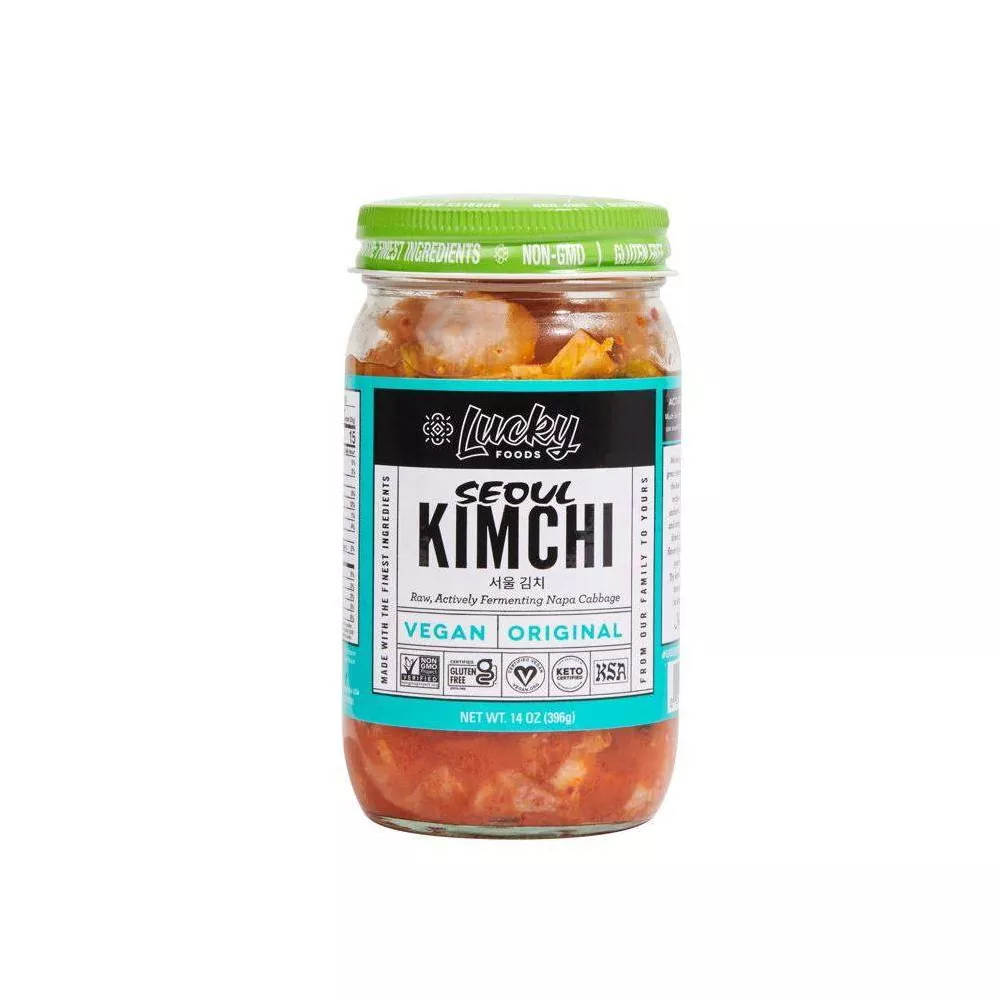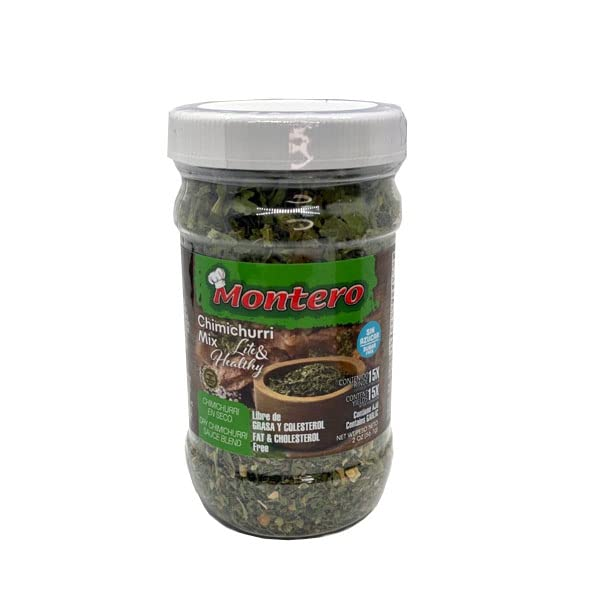
Bread salad
No, I don’t mean tossing some
croutons out of a box and onto a bunch of lettuce and then drowning the whole
thing in bottled Italian dressing. Panzanella has a long history in Tuscany and
other sections of Italy. Food historians have even found a sixteenth-century
poet who sang about onions in oil and vinegar served with toast. Until modern
times, panzanella was all about onions, not tomatoes. The name is thought to
come from a combination of “pane,” Italian for bread, and “zanella,” which is a
deep dish, rather like a soup or salad plate.
Panzanella is generally
considered to consist of cubes of stale bread, tomatoes, and onions in a
vinaigrette. But in today’s kitchen you can throw in almost anything you want—lettuce,
cucumber, celery, hard-boiled eggs, parsley, bell peppers, etc. Purists will
frown at you, but, hey! It’s your salad.
Some recipes call for soaking
the bread cubes in water so that they will soften and absorb the dressing. I prefer
to have them hard. The vinaigrette marinates and softens them if you let the
salad sit before serving. I would not recommend pre-packaged croutons for this.
For a long time, I sort of
wondered about panzanella, not sure how I felt about bread salad. I knew for
sure Jordan wouldn’t eat it, because she doesn’t even want croutons in a
regular salad. But one night I made it when Jean came to supper, and we both
loved it. We also found it was filling enough for a meal, though I have sometimes
put some cottage cheese next to it. Okay, that’s my idiosyncrasy. You may laugh
or recoil in horror.
Here's what I did:
To make the croutons (this
will make enough for a salad for ten or twelve, but they are a bit of a pain to
make and they freeze beautifully):
8-10 cups of cubed artisan
bread (one-inch cubes), crusts removed only if you want/
Spread the bread in a single
layer in a roasting pan and let it sit out overnight, so that the cubes become
stale and hard. If you don’t have time, you can bake them for twenty minutes in
a 300o oven but watch that they don’t burn.
For the salad: (will serve two
to three)
1 large heirloom tomato,
chopped
¼ cucumber, diced
½ small red onion, sliced
For the dressing:
¼ cup olive oil
1/8 cup red wine vinegar
¼ tsp. salt
Pinch of fine ground pepper
Five or six finely sliced
basil leaves – add just before serving
Combine the vegetables and
about 3-4 cups croutons in a salad bowl. Pour dressing over and toss. Let the
salad sit for at least one-half hour at room temperature before serving. It can
sit as long as four hours and will only get better. Toss occasionally during
this time. Add basil just before serving.
Pour a glass of good red
Italian wine and enjoy!




